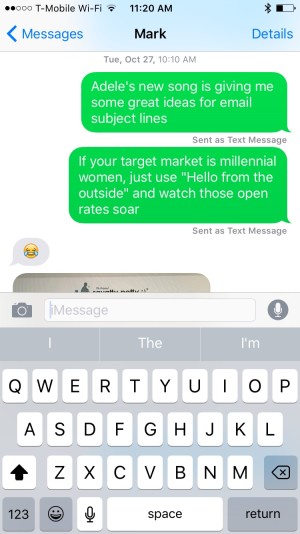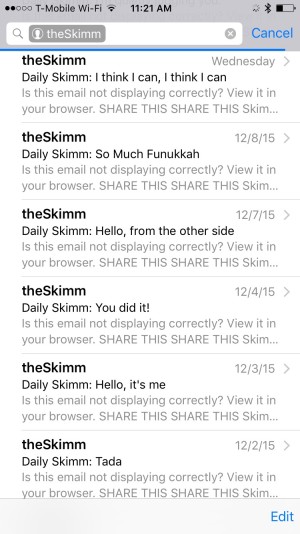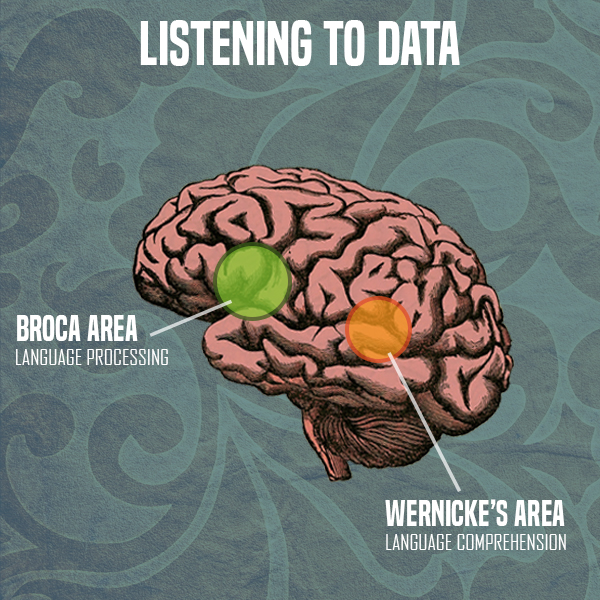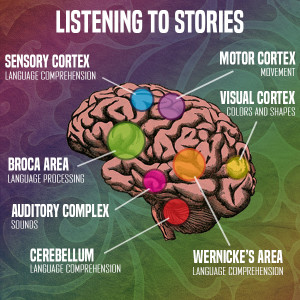
If you are spending money on marketing, you need to have your facts straight. We are here to help. It is easy to hear a bunch of rumors and or myths about marketing and what its all about. We are now debunking 5 marketing myths.
-
You need to create content that everyone can relate to.
If you can create content that EVERYONE can relate to then you are one of a kind. Not everyone has the same viewpoints, thoughts, ideas, and likes and that makes it impossible to create content for everyone. If you’re trying to appeal to everyone, you are probably reaching no one. Instead, think about your audience and what makes them unique. Create a persona based on current customers, and think about that single persona when you are writing.
-
Content marketing is just blogging.
Content marketing is a form of marketing focused on creating, publishing, and distributing content for a targeted audience online. Although blogging is a huge part of content marketing it is not the only thing. There are many other engaging types of media you can create, like videos, ebooks, interviews, case studies, success stories, and so much more.
-
Marketing is an art, not a science.
SURPRISE! It’s both!! Marketing is just as much as a science as much as it is an art. Yes, marketing teams do a lot of designing and creating but before doing those things it is important to know the numbers on how those things work! For more detail on this point read more here.
-
Only marketing professionals can create content.
False, false, false! If you’re an expert in your subject and you are focused on your audience, you can create marketing content. Having different kinds of content coming from different departments of the company can be beneficial to a company. Overall, you do not just have to be a “marketer” to create content.
-
Sales and marketing dont mesh.
The biggest marketing myth right here is firmly being debunked. Sales and marketing should and do mesh!! Sales know first hand the question and problems both them and the customers struggle with. Marketing can also help sales in many ways as well. Check it out here!
If you are interested in something look into it and learn about it and make sure you avoid the myths!






 You’ll find that there’s a lot of interesting neuroscience behind storytelling in marketing and how all of that is more convincing than a sale price, or some great photography of the product.
You’ll find that there’s a lot of interesting neuroscience behind storytelling in marketing and how all of that is more convincing than a sale price, or some great photography of the product. Our brains are built to connect with compelling stories, and its been one of the most fundamental communication methods.
Our brains are built to connect with compelling stories, and its been one of the most fundamental communication methods.

Recent Comments